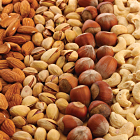 Last month I explained the theoretical and practical application of the Paleo diet. In a nutshell, it is based on our understanding of the pre-agricultural diet of our genetic ancestors. If the theory is valid, it would be the basis of what our species ate during 99.999 percent of our evolution.
Last month I explained the theoretical and practical application of the Paleo diet. In a nutshell, it is based on our understanding of the pre-agricultural diet of our genetic ancestors. If the theory is valid, it would be the basis of what our species ate during 99.999 percent of our evolution.
The Primal eating plan is conceptually very similar to Paleo but with a few twists. Its creator, Mark Sisson, is very bright, logical and thought provoking. Mark’s blog, “Mark’s Daily Apple,” contains great information and is worth checking out.
Basically, Primal eating is Paleo with full-fat organic dairy from grass-fed cows. That’s an oversimplification, but it will do for this discussion The dairy is only for those who have no dairy sensitivities, and it’s best to stick with raw, or unpasteurized, non-homogenized items, mostly those that are fermented, as in cheese or yogurt.
Primal also allows whey protein from—you guessed it—grass-fed animals. Besides lactose, most people with dairy issues have sensitivities to casein proteins, not those found in whey.
It is a reoccurring theme in holistic circles that if dairy is allowed, it should be unpasteurized and non-homogenized, in addition to being from grass-fed, organically raised animals. The reason? The simple answer is that the processes alter and damage the proteins and otherwise healthful fats found in dairy. Yes, that was not a misprint. I did say healthful dairy fats—and they are. (I’ll do my random holistic shout-out here, as it’s right on point: “Nature does not make unhealthy fat, factories do.” —Catherine Shanahan, M.D., author of Deep Nutrition: Why Your Genes Need Traditional Food.)
Primal, like Paleo, is a moderate-carb, medium-to-high-fat-and-protein diet. Athletes may very well get 30 percent of calories from carbs, 25 percent from protein and 45 percent from fat, including the fat in the protein foods. Grains and beans are out. The reason is to avoid “anti-nutrients” and insulin spikes and also because those foods are foreign to our ancestral genome.
One of the great things about Primal (like Paleo and the traditional diet) is the emphasis on the quality of the food. Fruits and vegetables are best when organically sourced. Regardless of what government agencies tell us, organic is higher in a broad spectrum of nutrients and free of most pesticide residues. Organic, grass-fed and pasture-raised animal products are light years away from the conventional garbage. My motto on this subject: You are what your protein food ate. So, if soy is estrogenic and full of pro-inflammatory omega-6 fatty acids and I can convince you not to eat it yourself, what do you think a chicken (or its eggs) raised on soy feed will contribute to your health?
One gripe I have is that some Paleo and Primal authorities permit frying in otherwise healthful oils—butter, coconut, palm fruit oil, extra-virgin olive oil and animal fat. While those fats do hold up better to oxidation and damage from high-temperature cooking than polyunsaturates, I believe they are missing a critical point. The foods being fried are exposed to great heat, which in itself causes oxidation and cross-linking of proteins and carbohydrates. It makes for yummy crispy recipes but damaged advanced-glycation end products, which have been associated with cancer, heart disease, diabetes, kidney damage and high blood pressure, to name a few.
I’m on a modified Paleo regimen. (I add one heaping scoop of grass-fed whey protein isolate postworkout—so maybe that’s Primal?). My energy levels for training are even and sustained. I have lost a bit of weight, but I was very lean to begin with. My strength levels are rising slowly, but I’m coming off a rehab period from an injury. Interestingly, my blood pressure dropped about 10 points, which was a plus. I can’t wait to do blood tests and check cholesterol fractions and A1C (sustained blood sugar levels over 90-days).
I’ll finish with a story about food as fuel for training. I train time to time with another competitor who uses a diet coach. His prescribed contest diet was one gram of protein per pound of lean bodyweight (okay, so far) and low fat, meaning only what was in the lowfat protein foods he ate; the rest was carbs, about 325 grams on his contest diet. Now, I’m known to train hard and heavy at a grueling pace for long workouts, and I was getting ready for a show myself on the plenty-of-healthful-fats, liberal-protein, low-carb regimen I’ve been using for 20 years. So here’s the scene:
It’s leg day. I set a blistering pace, and the guy is strong. In the middle of the third exercise, though, my partner finds himself light-headed and pale. He needs a protein drink with carbs in it to come back to life. Three more exercises, and low blood sugar strikes again. It’s shake time once more for him, while I, on my supposedly low-octane low-carb regimen, can hit it hard for hours.
Moral of the story: High-carb diets for athletes are like puffing a crack pipe. You get an energy high followed by a low, and then its time to hit the pipe again, or you crash. Remember, saturated fats are only harmful in the presence of excess and unhealthful carbs, and the only bad fats are those made in factories. My healthful-fat, limited-high-quality-carb diet—with grass-fed meats, olive oil, raw nuts, macadamia nut oil, coconut and some pasture-raised egg yolks—is athletic diesel fuel.
Next time I will complete the trilogy and discuss the traditional diet. —Ron Noreman
Editor’s note: Ron Noreman (RonNoreman.com) is a partner in Kamler, Lewis & Noreman LLP (KLNcpas.com), a certified public accounting firm that specializes in tax representation and management of professional athletes, nutritional-supplement companies and weight-training-equipment manufacturers. He has been a competitive bodybuilder for 35 years and won numerous titles, is the founder of Alchemy Nutrition and offers contest-prep coaching and holistic-nutrition consultations. He has also formulated antioxidant supplements for prominent vitamin companies and served as a design consultant for Nebula and other equipment manufacturers.












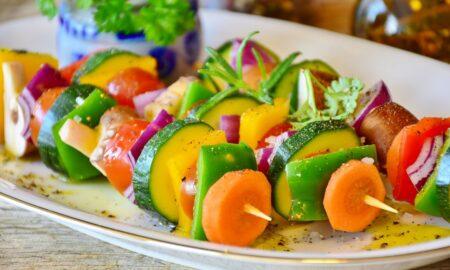

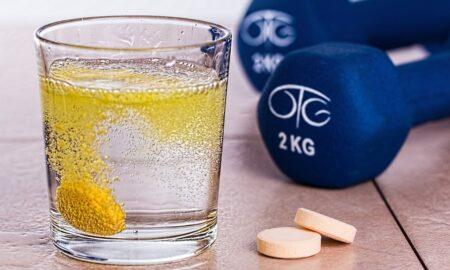
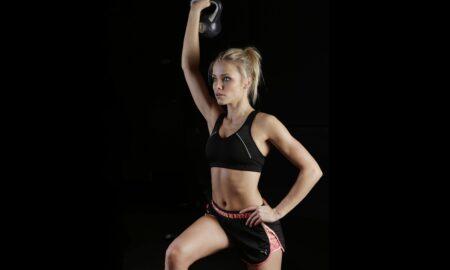



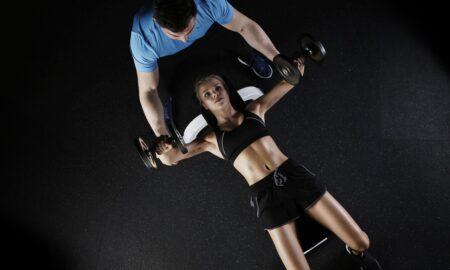
You must be logged in to post a comment Login